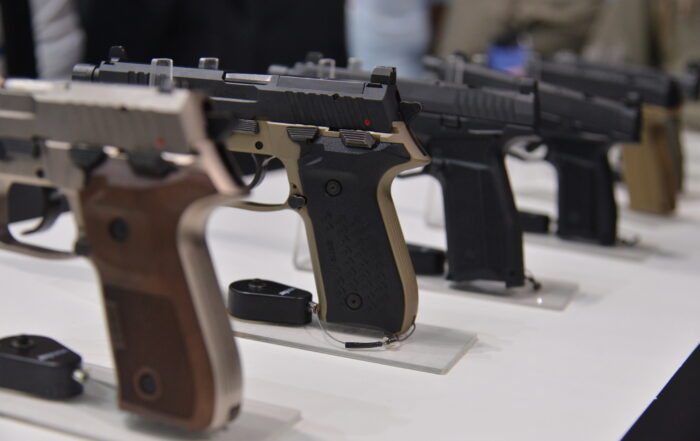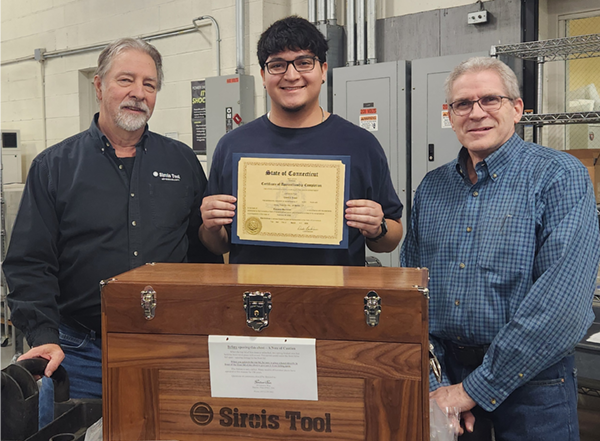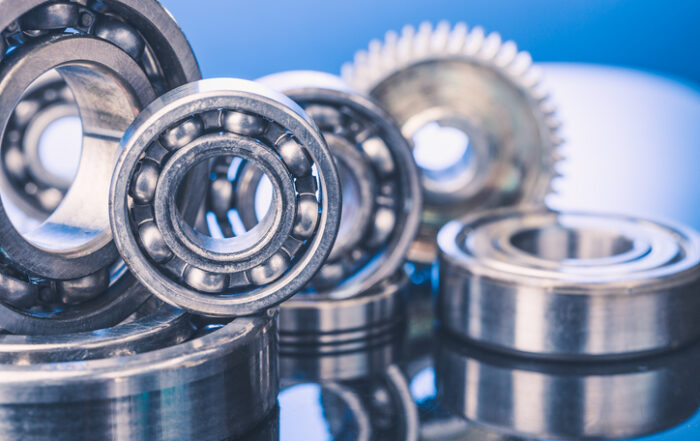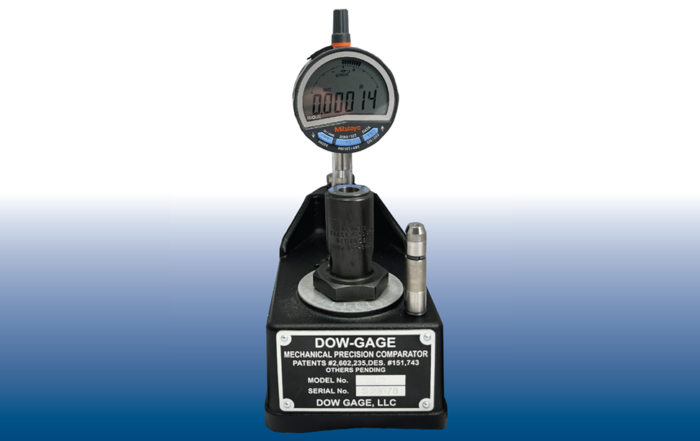ID Grinding Quills: Styles, Materials, and Manufacturing Processes

ID Grinding Quills: Styles, Materials, and Manufacturing Processes
 Grinding machines from the simplest to the most complex require an ID grinding quill. The ID grinding quill is a shaft that’s housed within the grinding machine’s motor and supports and rotates the grinding abrasive wheels.
Grinding machines from the simplest to the most complex require an ID grinding quill. The ID grinding quill is a shaft that’s housed within the grinding machine’s motor and supports and rotates the grinding abrasive wheels.
Because there are many different grinding machines with different applications, as well as varying spindles and wheels, there are also different styles of ID, or Interior Dimension, grinding quills. Selecting the proper wheel quill is critical to a successful ID grind operation.
To further understand ID grinding quills, it’s necessary to know the different materials used in manufacturing ID grinding quills and the types of process for their manufacture. The most common ones are listed here.
The 4 Most Common ID Grinding Quill Styles
- Wheel Screw – This style ID grinding quill is for a grinding wheel with a small through hole. The wheel screw is made to fit in the hole of the grinding wheel and extends into an internal thread in the ID grinding quill, normally with a pilot ID to locate the wheel screw.
- Wheel Nut – This style ID grinding quill is also for a grinding wheel with a through hole, but in this style the grinding wheel fits on the quill and a nut is threaded onto the end of the quill to lock the grinding wheel in place.
- Wheel Mounted on Threaded Shank – When the grinding wheel is mounted on a threaded shank, the quill is made with an internal thread to accept the shank. There is usually, but not always, a pilot ID in the quill to locate on a pilot on the grinding wheel shank.
- Wheel Mounted on (non-threaded) Shank – When the grinding wheel is mounted on a straight, non-threaded shank, there are two styles of quills that can be made to hold them.
- Collet quills hold the grinding wheel shank by tightening a nut which compresses multiple fingers around the shank.
- Pencil quills hold the grinding wheel shank with one or more set screws from the OD of the ID grinding quill.
5 Common ID Grinding Quill Materials
- C1144/StressProof – This high tensile strength alloy steel is probably the most commonly used steel for quills. It is normally hardened to around Rc 50 and then has the external threaded area drawn down to around Rc 30.
- Prehardened Steels – A commonly used material, especially when the time to manufacture the ID Grinding Quill is short. Pre-hardened alloy steel such as 4142 or ETD150 eliminate the need to send the ID grinding quill to heat treatment prior to finishing and can save several days in the process of manufacturing the quill.
- Tool Steels – Tool steels are often preferred because they can be hardened to the same hardness all the way through the quill. Tool steels, especially AISI L6, are considered better for collet style quills.
- High Density Materials – In cases where the vibration dampening quality of a high density material is needed, ID grinding quills are often made from No-Chat and equivalent materials, such as Mi-Tech Metals Chatter Free (HD17). While the material cost for these quills is much higher than steels, there are many applications where this material is the only viable choice.
- Tungsten Carbide, Ferro-Tic® and Equivalents – Increasingly many ID Grinding Quills are being made from these materials due to their stiffness. In applications where the diameter to length is small these materials offer an alternative with less deflection. ID Grinding Quills can be made in one piece or often they are made with a two piece construction of Steel and Tungsten Carbide to provide the best properties of both materials.
3 Basic Types of Processes for Manufacturing
- Ground All Over – ID grinding quills should be ground all over, even on the diameters and shoulders which are not critical. This provides for the smoothest running quills and reduces the amount of material removal for balancing.
- Thread Grinding – The external threads that fit into the grinding spindle should be thread ground whenever possible to provide the best fit to the grinding spindle.
- Balancing – It is important that ID grinding quills be balanced. This is especially critical at the higher spindle speeds of many of today’s applications.
Sirois Tool has been manufacturing ID grinding quills for nearly 55 years and are experts in the precision grinding industry and knowing what will work best for each operation.
Share This Story, Choose Your Platform!
Recent News
Smart Technologies Help Smaller Firearms Manufacturers Compete
In March, Defense and Munitions magazine published an article titled “Industry 4.0 breaks barriers in custom gun manufacturing” that explained Read More
Three Reasons to Celebrate
We’re not even through the first half of the year yet, but 2025 has already given us three big reasons Read More
Get Your Bearings (Before Manufacturing Them)
When someone is feeling unprepared, unsteady, or unsure, you might hear them say they need to “get their bearings.” It’s Read More
Sirois Tool Becomes Authorized Reseller of Mitutoyo Indicators for Dow Gages
Sirois Tool published a news release on April 5, 2025 announcing that it is now an authorized reseller of Mitutoyo Read More




